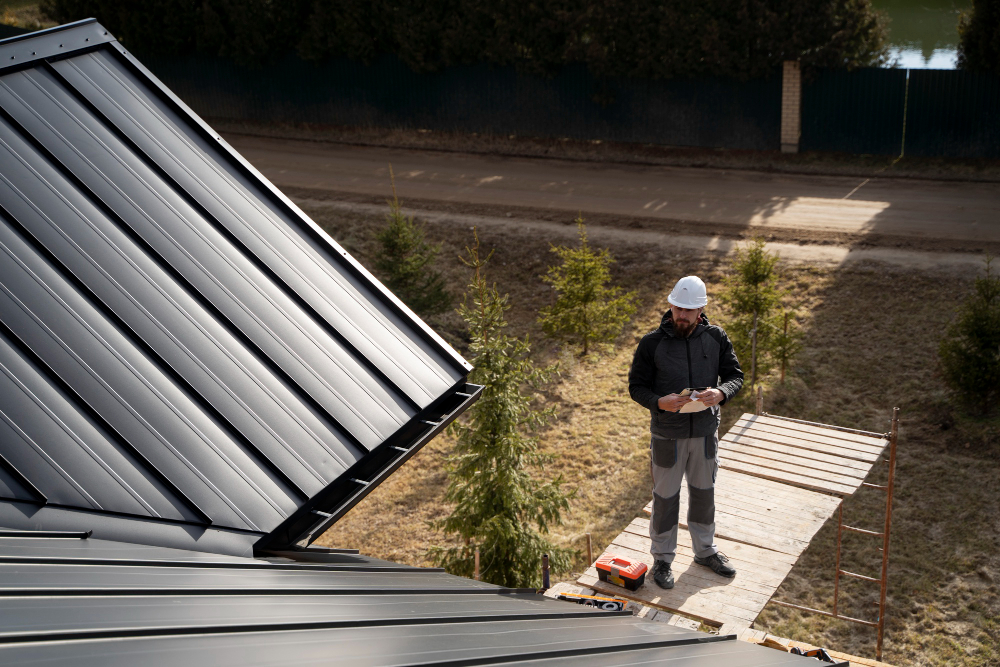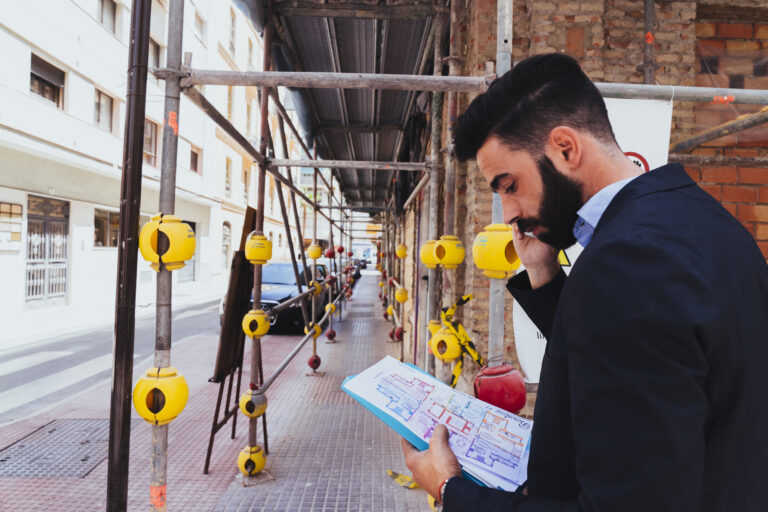Can a dry ridge system last in high winds
Introduction
Roofing systems play a critical role in protecting a building from the elements, and their durability is of utmost importance. Dry ridge systems, a popular roofing solution, have gained attention for their ease of installation and potential benefits in terms of ventilation and moisture management. However, concerns arise about their ability to withstand adverse weather conditions, particularly high winds. This article explores the durability of dry ridge systems in the face of high winds and provides insights into their performance.
Understanding Dry Ridge Systems
A dry ridge system is a roofing solution designed to secure the ridge tiles at the apex of a pitched roof without the need for traditional mortar. Instead, it employs mechanical fixings and weatherproofing elements, such as ridge batten brackets, ridge unions, and ventilation components. This system aims to improve ventilation within the roof space and reduce the risk of moisture buildup, which can lead to structural damage.
Factors Affecting Wind Resistance
Several factors influence a dry ridge system’s ability to withstand high winds:
- Installation Quality: Proper installation is essential for any roofing system, and dry ridge systems are no exception. If not installed correctly, gaps and weaknesses may form, compromising the system’s integrity during strong winds.
- Fixing Mechanisms: The mechanical fixings used in dry ridge systems should be robust and capable of holding the ridge tiles securely in place. These fixings need to resist both vertical and horizontal forces exerted by wind.
- Material Quality: The quality of the materials used in the dry ridge system significantly impacts its durability. High-quality components, such as corrosion-resistant metals, are more likely to withstand the test of time and adverse weather conditions.
- Design and Engineering: The design of the dry ridge system, including the arrangement of components and the engineering behind its structural integrity, plays a crucial role in determining its wind resistance.
Performance in High Winds
Dry ridge systems have demonstrated varying degrees of wind resistance based on the factors mentioned above. When installed correctly using quality materials and appropriate fixing mechanisms, these systems can withstand considerable wind loads. In many cases, they are engineered to meet or exceed building codes and standards for wind resistance.
However, it’s important to note that extreme wind events, such as hurricanes or tornadoes, can generate forces that challenge even the most robust roofing systems. In such cases, the overall structural integrity of the building and the specific design of the roofing system, including its connection to the underlying structure, become critical factors in determining its ability to withstand high winds.
Conclusion
Dry ridge systems, when properly designed and installed, can offer reliable performance in high winds. Their mechanical fixings and weatherproofing components contribute to their wind resistance, making them a viable roofing solution for many regions. To ensure the longevity and effectiveness of a dry ridge system, it’s crucial to engage experienced professionals for installation and to choose high-quality materials. While no roofing system can guarantee absolute immunity to extreme weather, a well-maintained and properly installed dry ridge system can provide satisfactory protection for a building against high winds.





